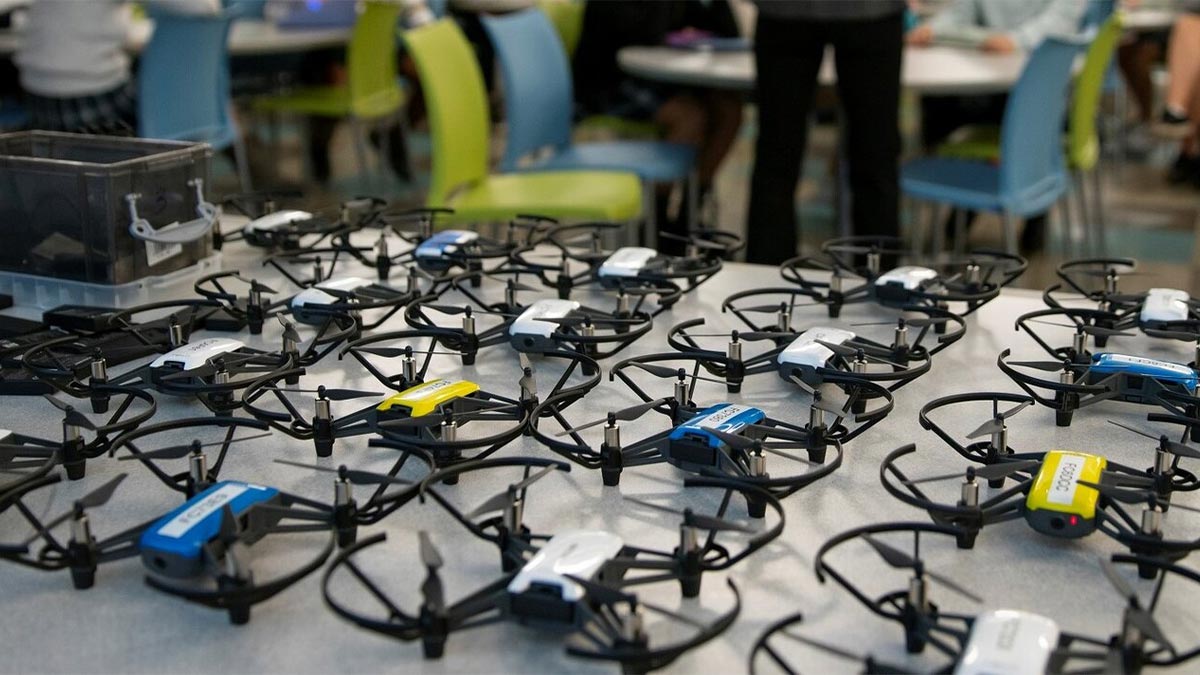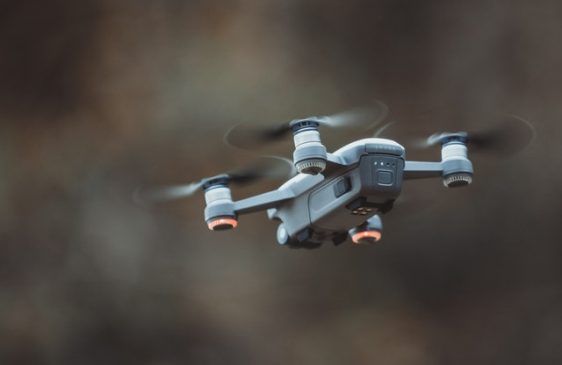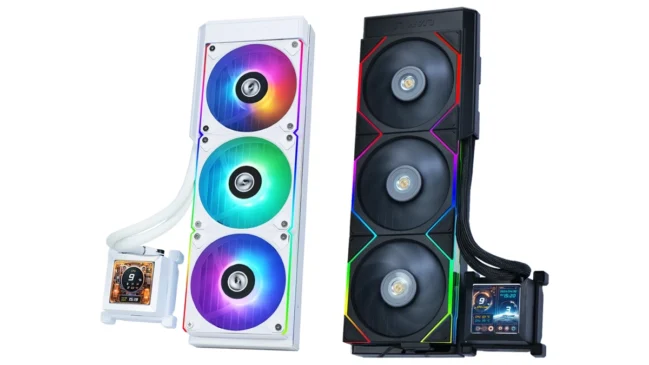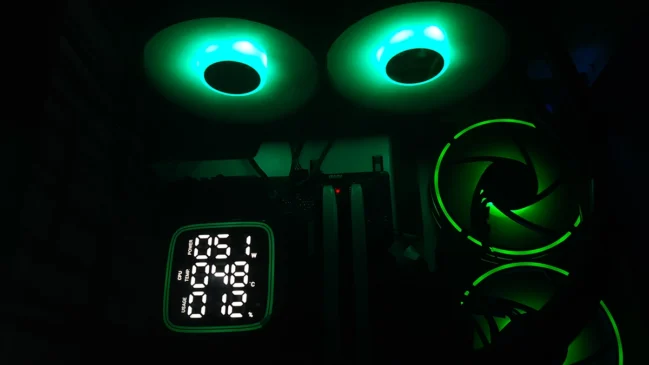
Throughout history, education has undergone considerable transformations. Today, teaching and learning processes are definitely not the same as they have used to be in hoary antiquity. The first oral one-on-one lessons with the usage of stone plates and cave drawings have evolved into massive online sessions targeted at explaining complex technical concepts. Still, its aim to instill and disseminate knowledge and skills is invariable.
The simple truth is that the entire world is rapidly changing due to technological developments. New inventions and advances in the sphere transform our whole life, making them heavily dependent on technology. The educational sector is not exempt from this dependence, and the latest events related to the global COVID-19 pandemic have only stressed its necessity.

People who attended middle school in the 1980s-1990s can probably remember the purchase of the first computer by the Principal’s office as some enormously important historical event. The gradual introduction of computer classes into the curriculum required the depletion of the school budget to ensure a sufficient number of machines and considerable effort to get hold of a teacher with relevant skills and qualifications. About thirty years from then, a student with a laptop on a lecture is not a big surprise just like a lecturer talking to you from the screen of your smartphone.
Technology is changing our life in all its manifestations, making no exceptions even for education. While its main aim is still disseminating knowledge and skills, the changing demands of the modern world require novel methods and techniques of teaching. Occurrences like the global pandemic have already proven that the application of technology in the educational process is not just a fashionable trend but a necessity. However, it is not only about the need for schools to go offline because of the social distancing requirements. The changing landscape in other spheres of life sets its own demands for today’s generation of children that will form the workforce of the future.
When the job market is already significantly threatened by Artificial Intelligence, teachers should know that they are to equip their students with radically different sets of knowledge and skills, which calls for drastically new ways of teaching. Although still on the initial stages of adoption, robots, rockets, drones, virtual reality simulators, and 3D printers are gradually becoming a part of the educational process in many countries of the world. Hopefully, someday, they will become inevitable educational tools in every school just like a computer that was a real wonder in the 1980s.
Bloggers at Pro-papers predict that robots and drones will take over classrooms in the nearest future. Indeed, these cutting-edge interactive learning tools assume considerable significance in designing the educational process for modern children who dream of radically new careers in this technologically-driven world. Firstly, classes are becoming more fun; secondly, students get the ability to learn more about technology, which is used in every sphere of life nowadays; and thirdly, they provide much more opportunities to explore more about traditional issues at common classes. Here are some of the benefits robots and drones can offer in the classroom.
School Robots
So-called toolkits, or smaller robots, are widely used in computer science or robotics lessons. Students can physically manipulate them gaining hands-on experience in a wide range of engineering topics and disciplines.
Programmable robots are helpful in exploring algorithms and implementing programs. On the example of such controllable devices, students can learn about digital systems, wireless data transmission, and the applied software and hardware. The interaction with these robots activates computational thinking useful in problem-solving and dealing with challenges. They can also be a part of various learning activities related to literacy and numeracy.
More complex human-like robots are known as humanoids. They are also much more functional in class, able to perform complicated activities and even replace teachers. Robots are useful in individual practice, being able to perform repetitive tasks and never getting tired of the same questions, which encourages and motivates students, especially younger ones. They can also provide personal feedback. Since students perceive them not as teachers but rather as companions, there is little place for embarrassment in case of a mistake.
The usage of humanoids in classes also facilitates interaction and engagement due to their physical shape. The personal connection, which is easily established with such robots, assists in coping with children’s shyness, hesitation, and reluctance. It has been proven that humanoids are especially handy in teaching autistic students who tend to struggle in communication with people being unable to adequately react to emotions, facial gestures, or social cues.
Drones in Class
Navigating a drone requires a lot of focus. Thus, they are a perfect alternative to a range of sports that help to develop motor and hand-eye coordination skills. Besides, the necessity to judge the distance in space helps in developing depth perception.
Drones provide a hands-on experience in coding. In today’s world, where coding is one of the most popular and marketable occupations, the skill is more than useful. Besides, just like in the case with robots, such activities help to activate students’ computational thinking.
Predictably, drones are applicable in a range of STEM disciplines. They can help in teaching students the laws of physics in a fun and exciting way. Taking a drone apart and assembling it back, children gain valuable skills in engineering, learning through trial and error. Following the drone’s path, students learn to calculate distance and make graphs, and acquire basic concepts in trigonometry.
Since drones are able to get further than humans, they provide invaluable assistance in a myriad of fields. Archaeology, architecture, forestry, botany, biology, and engineering students can get real-world examples from the hard-to-reach sites due to drones, which enhances their professional training.
Summing up everything said above, it is obvious that the world has changed tremendously over the last several decades, and it will never get back to what it was. More transformations are coming, making our life more and more technologically dependent. As a result, new professions are becoming popular and sought-after, changing modern children’s perceptions, aspirations, and dreams. Consequently, radically different teaching methods are required to prepare today’s students for their expected future. Although it may seem rather fantastic to someone, robots and drones are taking momentum in classrooms all over the world. Soon, the day will come when they will become a trivial commonality and a total necessity in the educational process.








